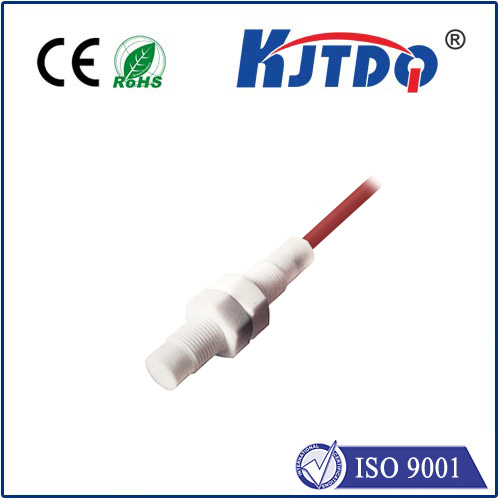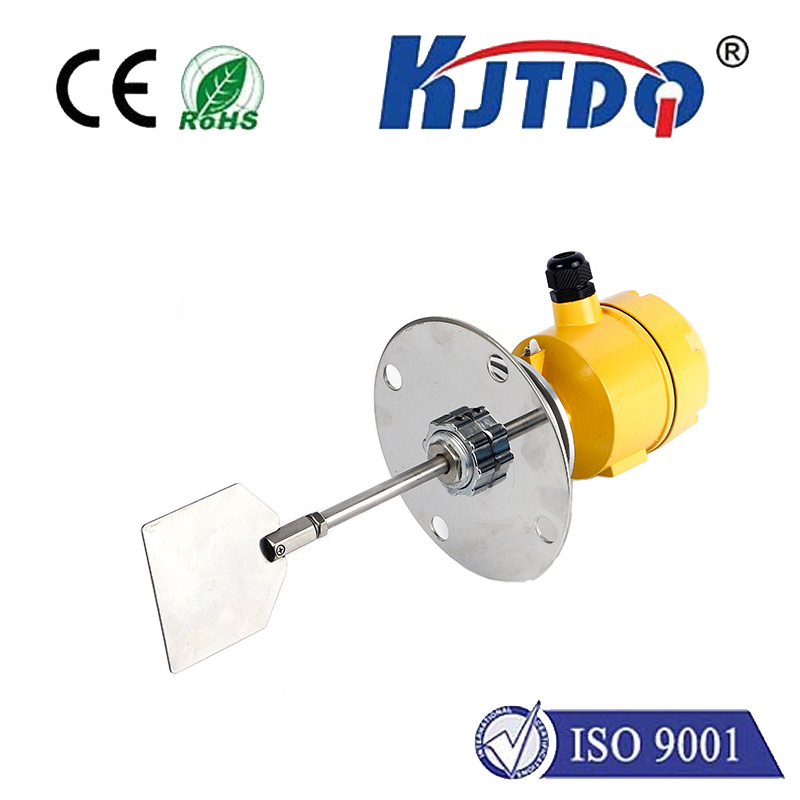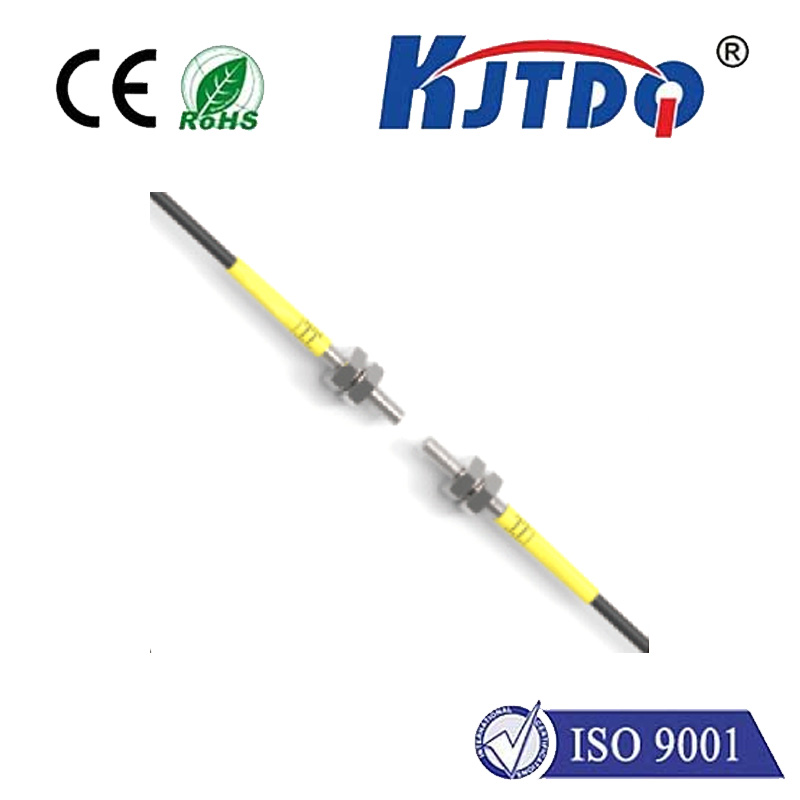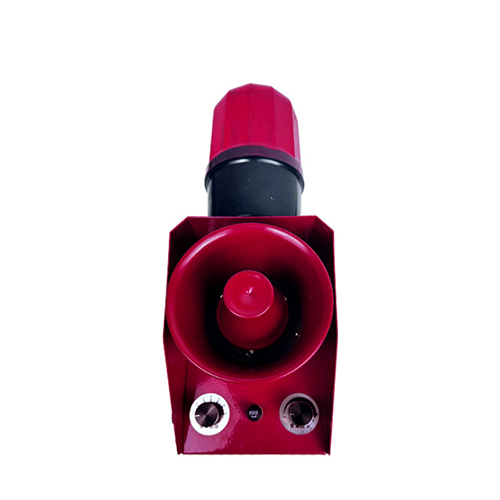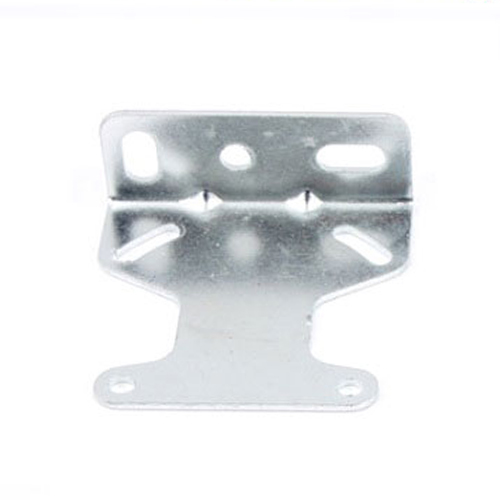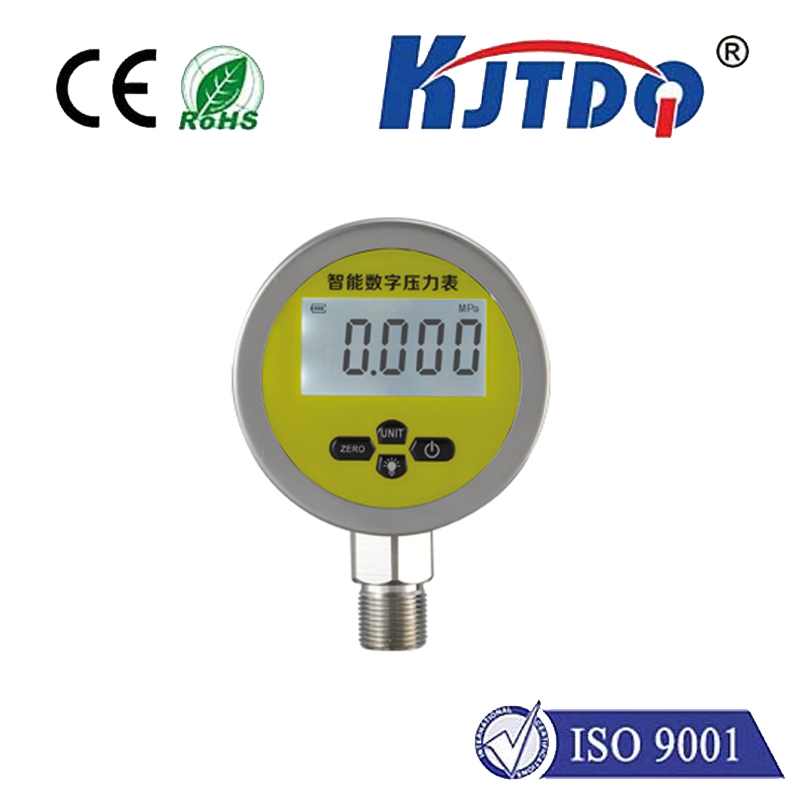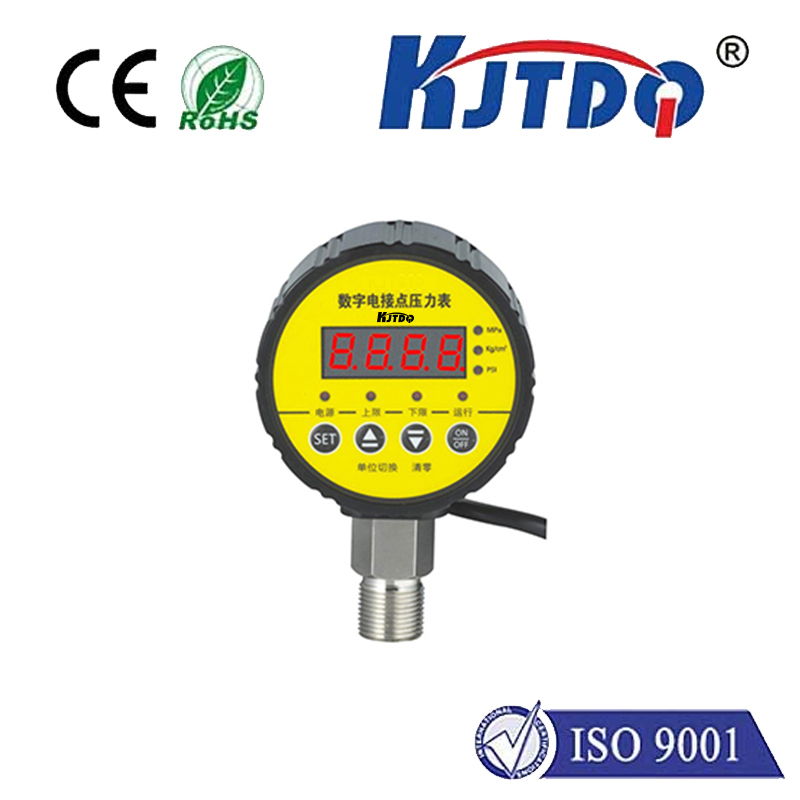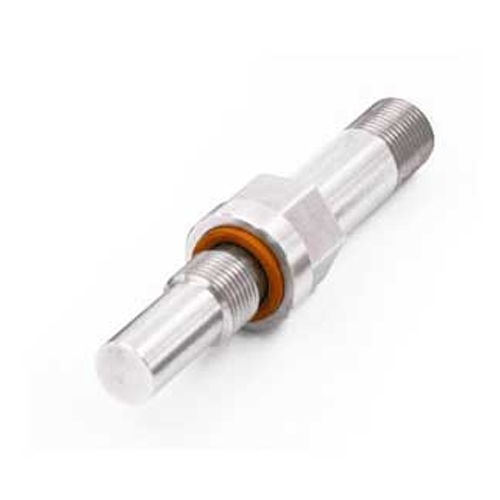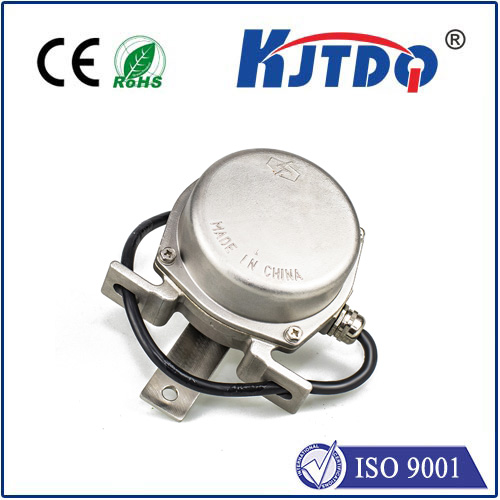

check

check

check

check

check

check

check

check

check

check
The field of modern sensing technology is rapidly evolving, and at the forefront of these advancements are cutting-edge devices such as the diffuse photoelectric sensor. This innovative tool has revolutionized various industries by providing unparalleled accuracy and efficiency when it comes to light detection and measurement. Let's delve into the world of the diffuse photoelectric sensor and explore its significance in contemporary applications.
What is a Diffuse Photoelectric Sensor?
A diffuse photoelectric sensor is an advanced device that uses light to detect objects or changes within its environment. Unlike traditional photoelectric sensors which require precise alignment between the emitter and receiver, the diffuse sensor emits light in all directions from its source, making it highly versatile for different applications. As the light strikes an object or surface, some of it scatters back toward the sensor's receptor where it is detected, analyzed, and processed.
Applications in Industrial Automation

One of the primary domains where diffuse photoelectric sensors have made significant strides is industrial automation. They play a crucial role in manufacturing processes, particularly in quality control systems. These sensors can monitor product dimensions, color sorting, presence or absence detection, and even count items on a conveyor belt without physical contact. Their ability to operate effectively under varying distances and angles makes them suitable for dynamic production lines where adjustments are frequent.
Benefits in Safety Systems
Beyond industrial uses, diffuse photoelectric sensors also enhance safety protocols. For example, they can be utilized in automated doors and lifts to detect human presence or movement, ensuring smooth operation while preventing accidents. In traffic management systems, these sensors help monitor vehicle flow, contributing to safer roads and efficient traffic control.
Advancements in Medical Diagnosis
The sensitivity of diffuse photoelectric sensors has also paved the way for breakthroughs in medical diagnosis. Devices equipped with this technology can perform intricate tasks like blood glucose monitoring with minimal invasion to the patient. The precise detection capabilities enable healthcare professionals to gather vital data quickly and accurately, leading to more informed treatment decisions.
Challenges and Future Developments
Despite their numerous advantages, diffuse photoelectric sensors face challenges such as interference from external light sources and limitations in certain material detections. However, ongoing research aims to overcome these issues by developing sensors with improved filtering techniques and enhanced material compatibility. The future holds promise for even smaller, more energy-efficient sensors with broader application capabilities.
Conclusion
In conclusion, the diffuse photoelectric sensor stands as a testament to the innovation driving modern sensing technology. Its versatility, precision, and non-invasive nature have made it an indispensable tool across diverse sectors ranging from industry to healthcare. As we move forward, the continued development of this technology promises to unlock even greater potential, pushing the boundaries of what is possible in the realm of sensing and detection.
